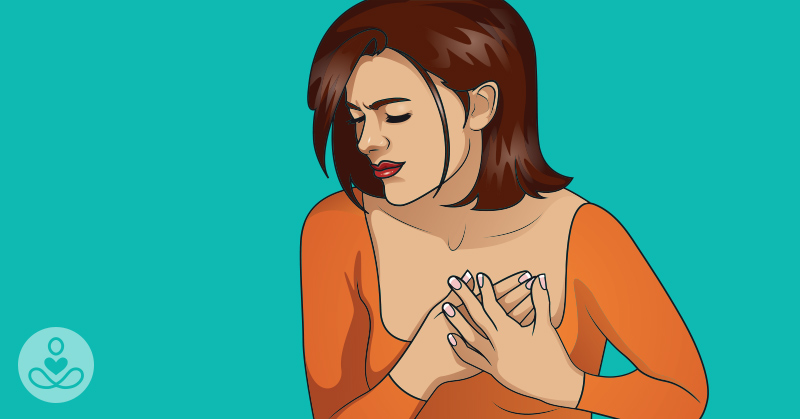Ready for a few sobering facts? Women Are More Likely to Get Strokes…
Strokes are the third leading cause of death for women. The American Stroke Association reports that about 60% of stroke deaths occur in females, which means that women are more likely to have strokes than men.
Not only that, women are less likely to recognize the signs of stroke or receive immediate medical care.
Interestingly enough, 80% of strokes are preventable with diet, exercise, lifestyle modifications and medical care. It is critical that we understand why women are suffering more strokes, what the signs of strokes in women are, and what we can do to prevent them.
What Causes a Stroke?
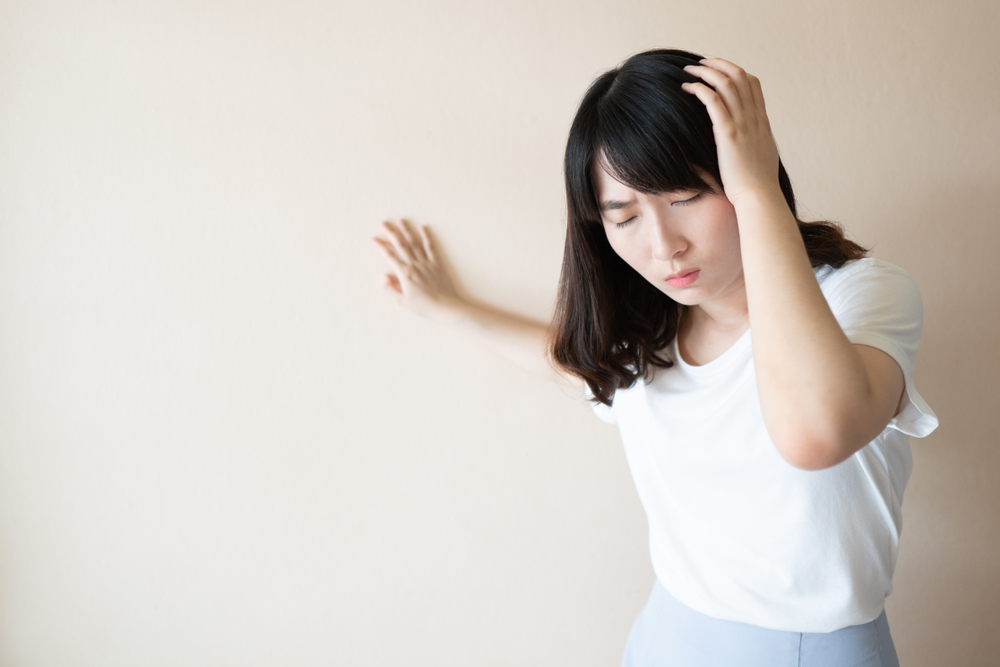
Almost 800,000 Americans have strokes every year when a blood clot blocks circulation to the brain, or a blood vessel in the brain bursts. When that happens, brain cells are deprived of oxygen and begin to die. Abilities controlled by that area of the brain, such as memory and muscle control, are lost.
While many people recover fully after a stroke, almost two-thirds of stroke survivors suffer some level of disability. That means that even if a stroke doesn’t kill them, it could leave them disabled (including being paralyzed, or unable to speak, walk, or care for themselves), depressed, and unable to live independently. Let’s do something about that. Let’s make strokes a high-priority women’s issue.
Read More: Frequent Pot Smokers Face Twice the Odds for Stroke
Why Are Women So Likely to Get Strokes?
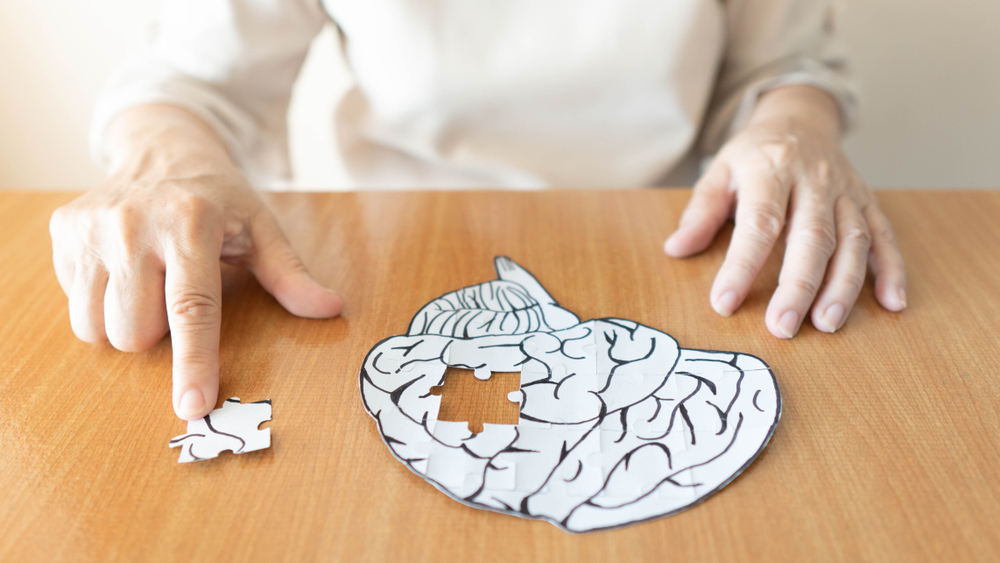
Smoking, obesity, lack of exercise, and uncontrolled high blood pressure/cholesterol place everyone at increased risk for having a stroke. However, there are many physical and cultural issues unique to women, which put them at even higher risk and may lead to poorer outcomes.
Women Live Longer
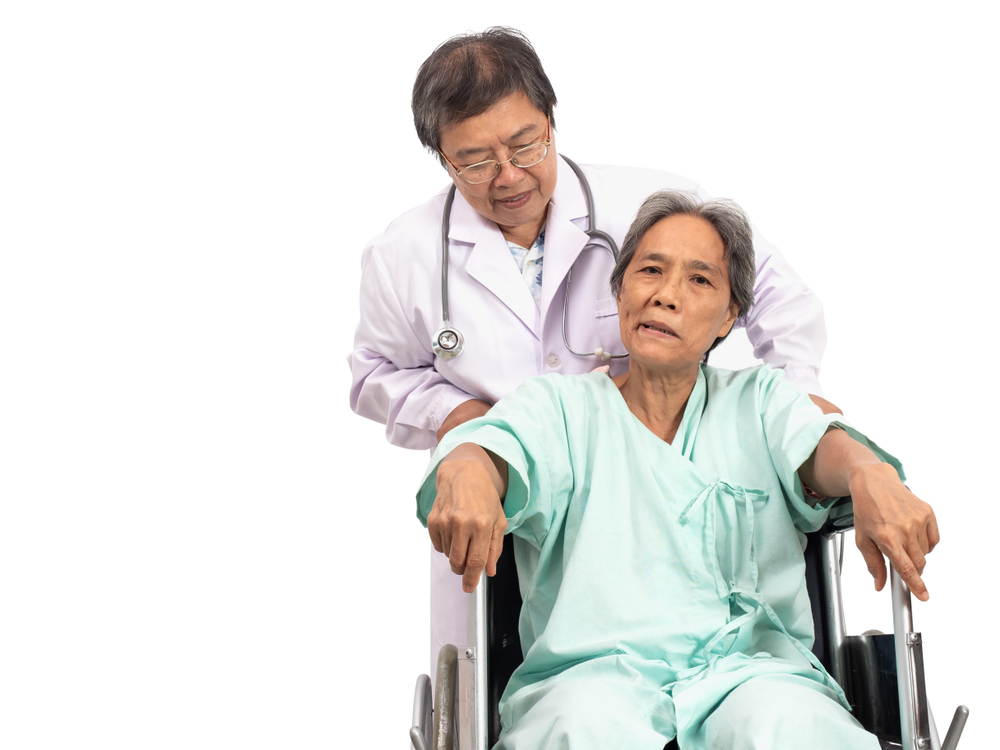
Women generally live longer than men, and incidences of stroke increase as we age. Higher incidences of death and disability may be because women are more likely to live alone later in life, which can delay access to life-saving/brain-saving healthcare. It also means that after a stroke, women are more likely to live in a long-term healthcare facility.
Women Have Different Hormones
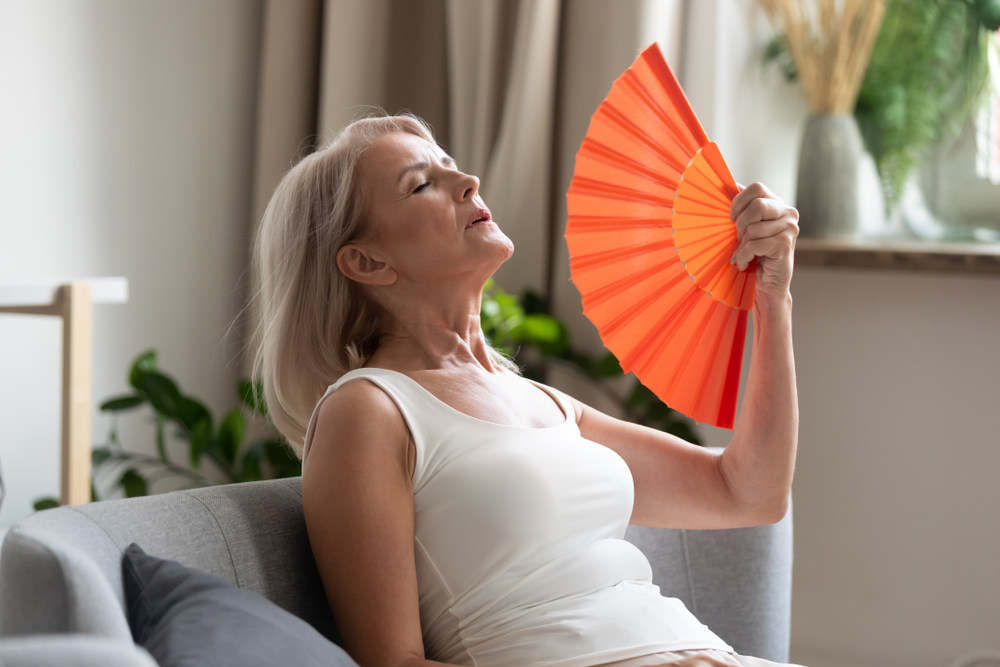
Estrogen and progestin in oral contraceptives and hormone replacement therapy have been linked with increased incidences of stroke. While most women can use hormone replacement therapy with no problems, those who smoke, don’t exercise, and/or are obese are at increased risk for having a stroke.
Women Get More Autoimmune Diseases
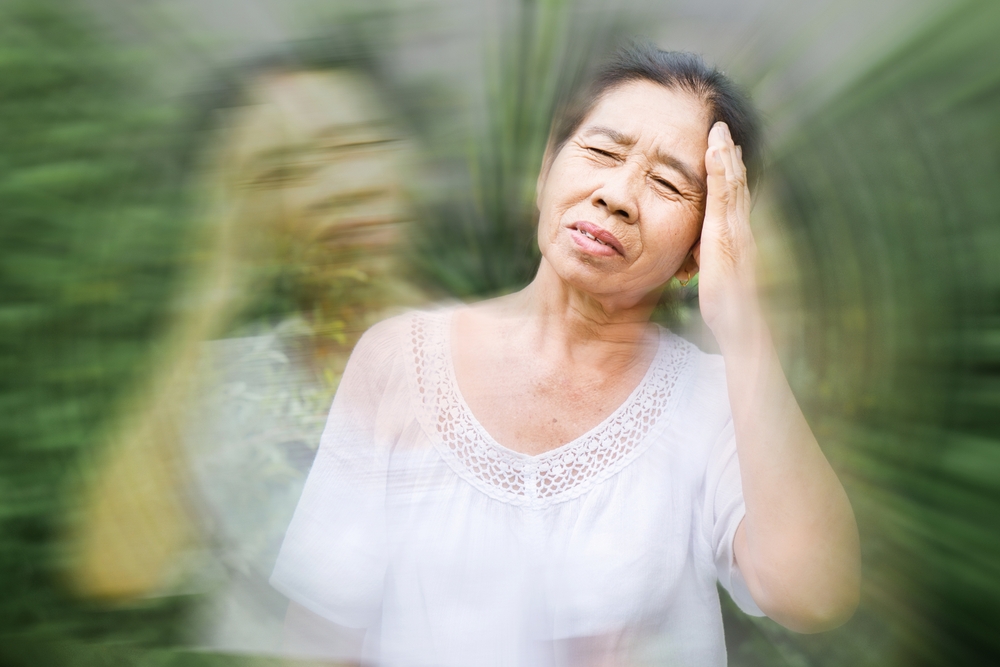
The American Autoimmune Related Diseases Association reports that women get autoimmune diseases three times more often than men. Lupus and other inflammatory autoimmune disorders can damage blood vessels and lead to blood clot formation and/or blood vessel rupture.
Women Get More Migraines
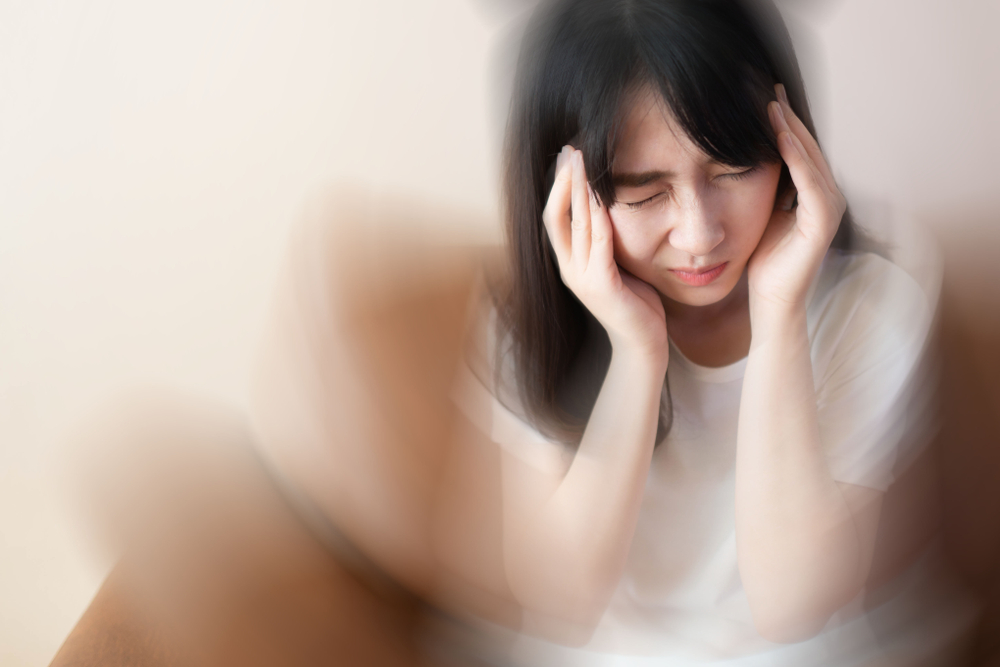
The National Stroke Association says that migraines with aura can increase a woman’s stroke risk two and a half times, and most people in the US who suffer migraines are women.
Read More: 7 Deadly and Often Unnoticed Signs of a Stroke
Women Put Themselves Last

Even when they don’t feel well, putting others first comes naturally to many women. Women may hesitate to seek emergency healthcare until after they’ve taken care of their family and gotten a few chores out of the way.
Women Aren’t Studied
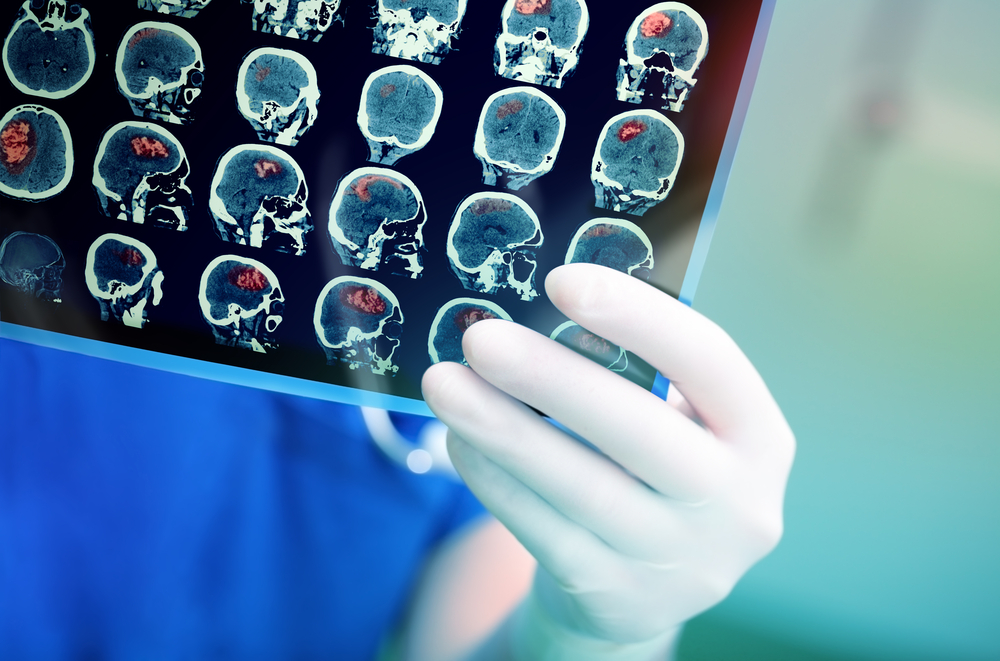
Throughout most of medical history, studies, tests, and treatment for cardiovascular diseases, including stroke, focused primarily on men. They never considered the fact that women’s bodies faced different challenges and risks for stroke and that women responded differently to treatment.
Women Are Taken Less Seriously
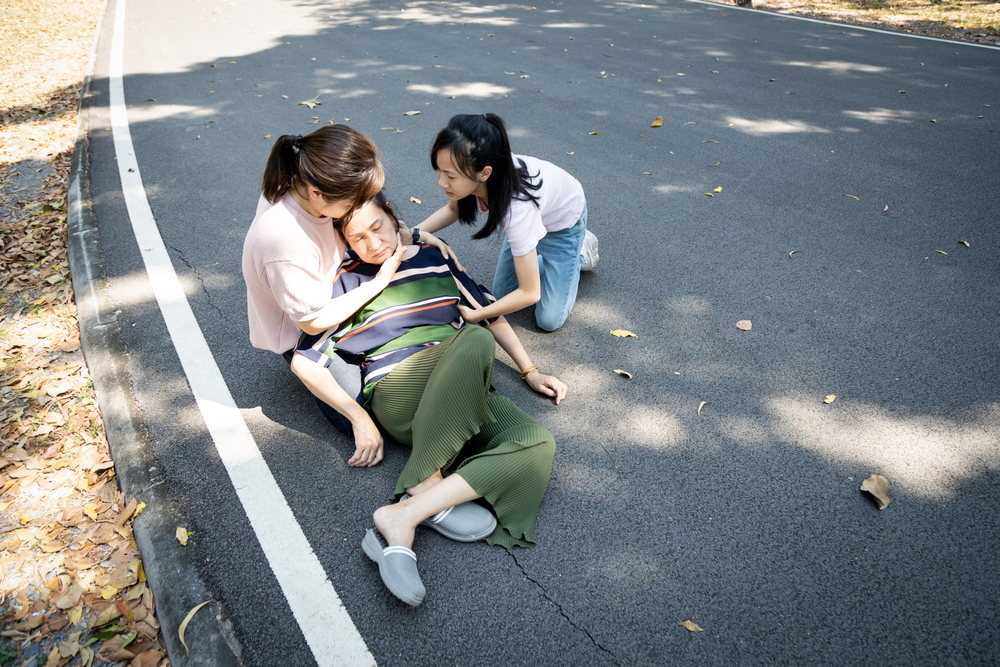
There’s a long history of gender discrimination in healthcare that makes many women gun-shy about getting the care they need. Many women report that healthcare providers belittle or minimize their medical complaints, or reduce their concerns to being anxiety-related or all in their heads. Even when they know something’s wrong, women are less likely to demand further testing or a second opinion if their healthcare concerns are dismissed.
Women Are Subtle
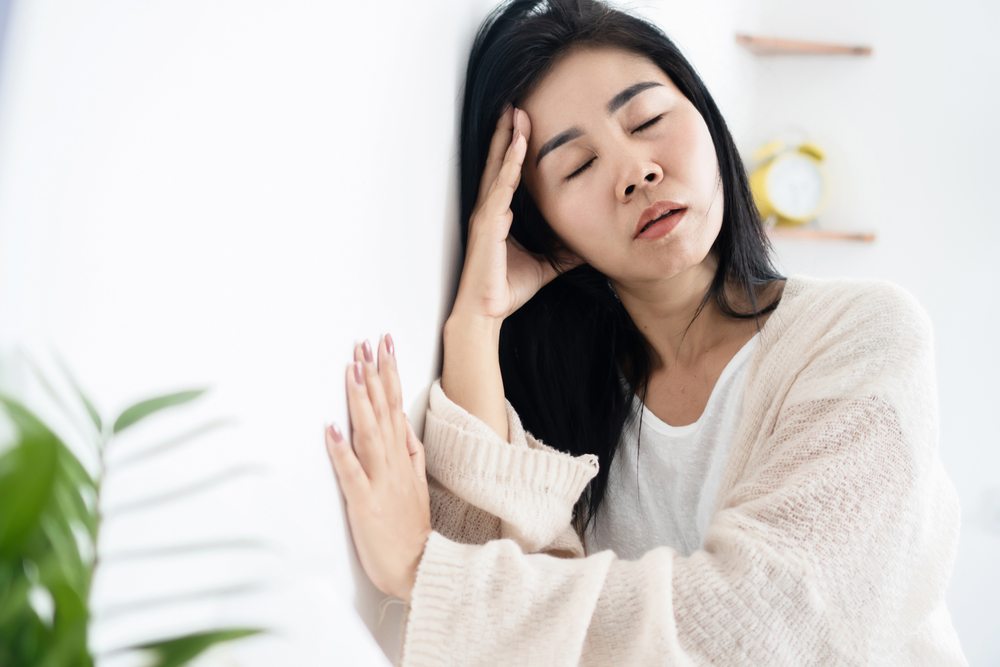
“Because stroke symptoms in women are more subtle, they’re often not taken seriously,” says Jennifer Mieres, M.D. a professor of Cardiology & Population Health at R Hofstra North Shore-LIJ School of Medicine in Hempstead, NY, and national volunteer spokesperson for the American Heart Association.
“Furthermore, sometimes when women arrive at the hospital with symptoms, they’re misdiagnosed until it’s too late.”
What Are the Signs of Strokes in Women?
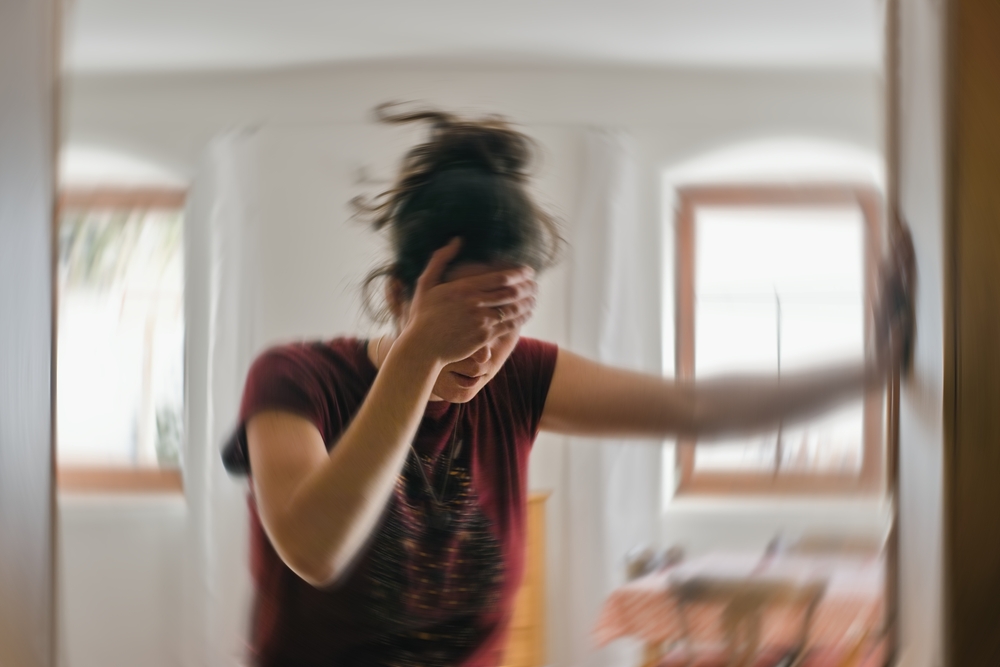
The American Heart Association says you should remember the acronym FAST:
- F- Face Weakness
- A-Arm Weakness
- S-Speech difficulty
- T-Time to call 9-1-1
Mieres adds, “Other stroke symptoms include sudden numbness of the face, arm or leg, sudden trouble seeing in one or both eyes, trouble walking and sudden headache that feels like the worst headache of your life.” In addition, the National Stroke Association says that women may report symptoms that are different from those men commonly experience. They include:
- Loss of consciousness or fainting
- General weakness
- Difficulty or shortness of breath
- Confusion, unresponsiveness or disorientation
- Sudden behavioral change
- Agitation
- Hallucination
- Nausea or vomiting
- Pain
- Seizures
- Hiccups
What Should You Do if You Have Stroke Symptoms?
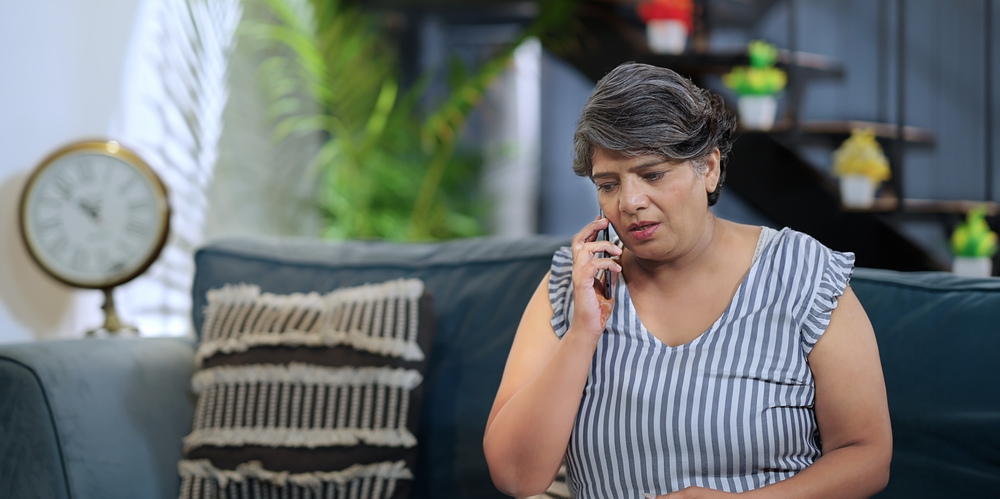
https://www.shutterstock.com/image-photo/upset-indian-old-greyhaired-woman-sitting-2374385429
Call 911 immediately. Nobody knows your body better than you do.
If you or someone else exhibits stroke symptoms, it is crucial to take immediate action. A stroke is a medical emergency, and prompt treatment can significantly improve the chances of recovery and reduce the risk of long-term disability.
Read More: How To Prevent A Stroke Before It’s Too Late
